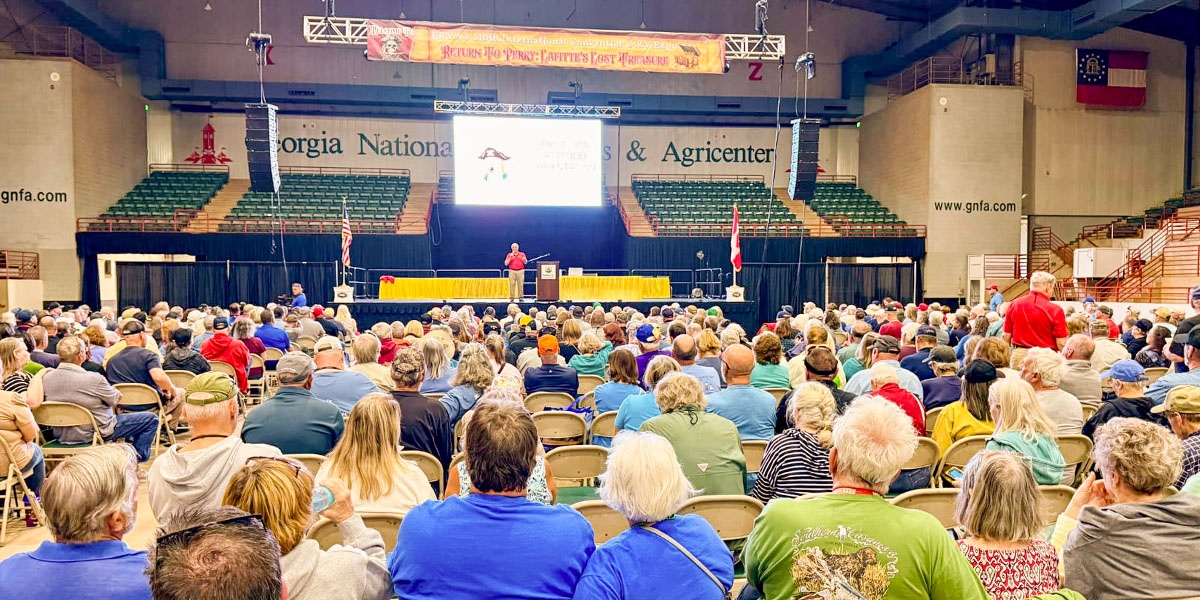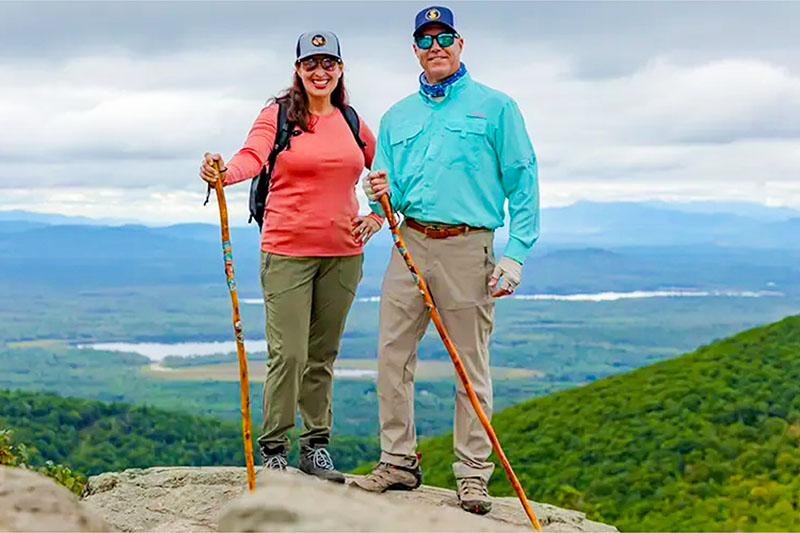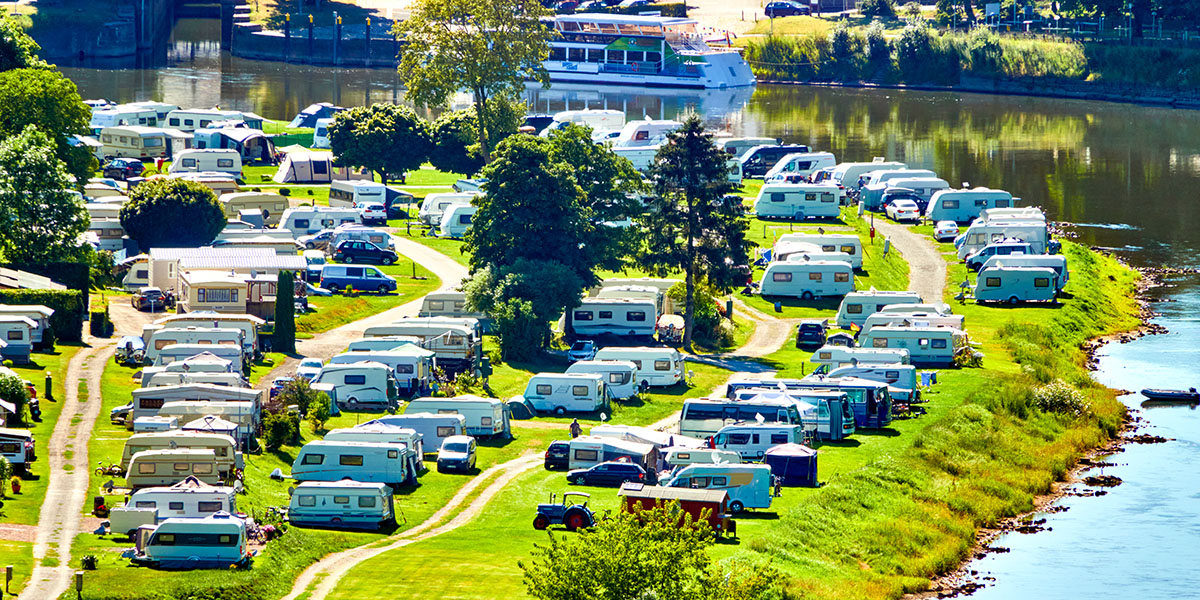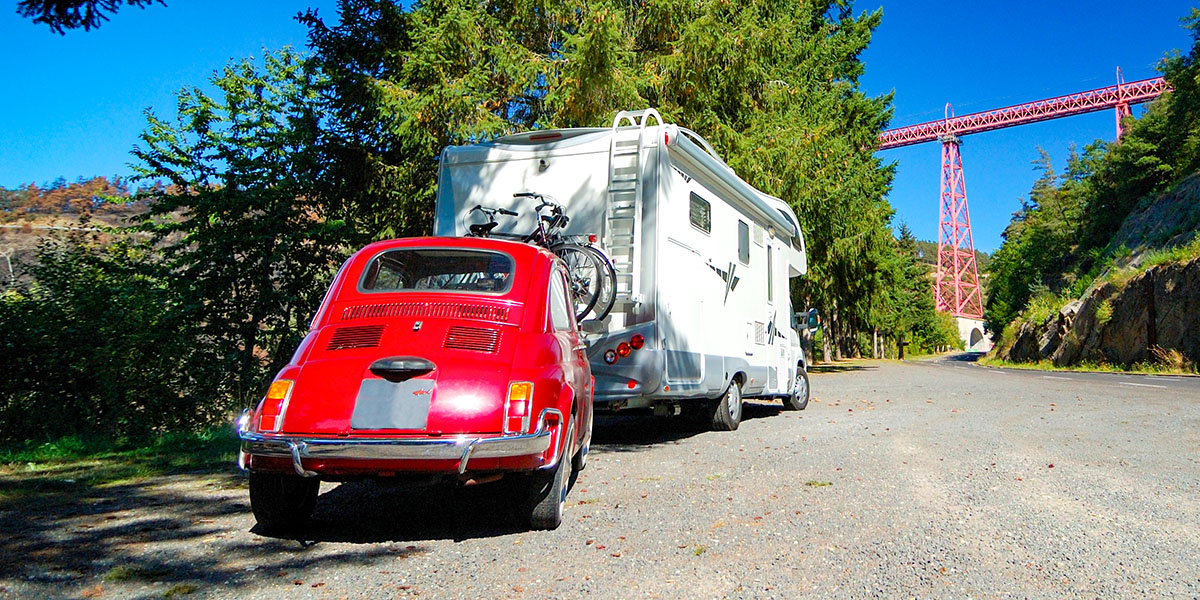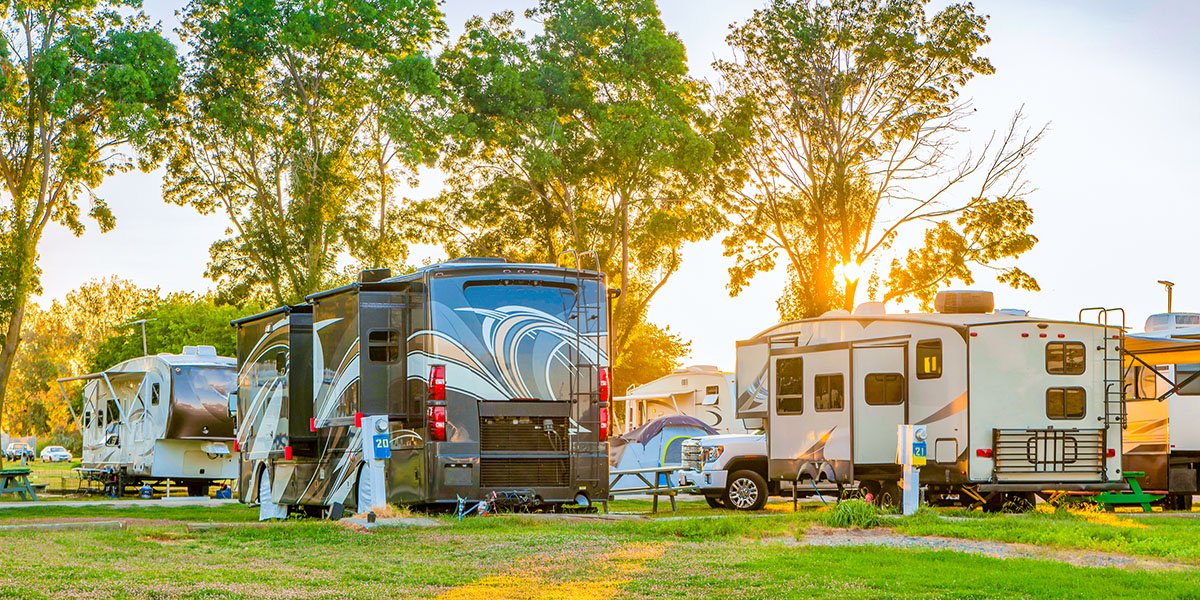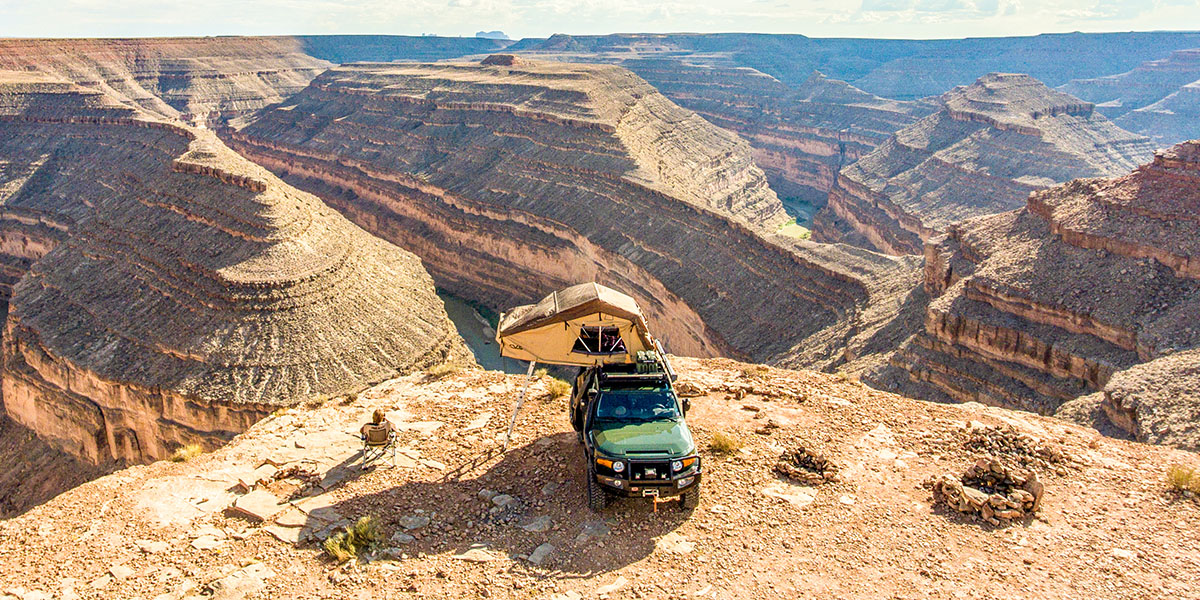Almost 1,500 RVs participated in the Family RV Association’s 110th International Convention and RV Expo in Perry, Georgia. At the four-day event, the organization acknowledged industry challenges, its rebrand, and its renewed focus on community.
Though overall membership is down, there were 352 first-time attendees at the gathering, according to FRVA president Paul Mitchell, who feels the association is on the right track. “I really got some great vibes out of everyone I’ve talked to. I feel this is one of the best conventions we’ve done in a few years.”
What Is the FRVA?
The Family RV Association (FRVA) is a member-driven organization that offers discount programs, organizes gatherings, and provides resources such as an encyclopedic web-based learning center.
One of the most popular – and most unique – member programs is the Medical & Travel Assist insurance benefit which, in addition to standard travel coverage, also transports a member’s RV and family back home if there is a medical emergency on the road. Also popular among members are the significant savings across all aspects of camping life, including tires, campgrounds, maintenance, and repair. But the sense of community and fellowship is what keeps members coming back to its national conventions and many regional gatherings.
Founded as the Family Motor Coach Association in 1963 by a gathering of bus conversion owners, the organization previously catered exclusively to motorhome owners. Shifting industry trends prompted a vote in 2017 to include owners of other types of RVs, culminating in an official rebranding in September 2024.
Like many in-person all-volunteer organizations, membership is down. With well over 100,000 members at its height, the FRVA currently has about 55,000 and is losing about 1,000 members per month. While some members simply age out of the lifestyle, there are many reasons why others don’t renew.
“Things are expensive – driving around in a diesel pusher isn’t cheap,” said vendor Jim Metry of SoftCell water softeners. “Tampa is the worst Tampa I have ever had – there were some changes and the vendors really felt it,” he added, referring to the Florida RV SuperShow in January that saw roughly 10 percent fewer attendees this year.
What’s at the FRVA Convention?
Vendors and booths run the gamut at the FRVA convention, with everything from travel clubs, caravans tours, to upfits and gadgets – and of course, brand-new RVs. Need a break from shopping? You’ll find seminars on topics such as personal safety, boondocking, crafts, and many other topics besides.
In attendance at the convention in Perry, Georgia, were Patrice and Kevin McCabe from the TV show RV There Yet? in a separate hall with additional vendors, RVs and seminars. “We were delighted that they gave us an entire building,” said Patrice McCabe, “We believe a better-educated consumer can make better decisions with their money. Our concept is to educate the consumer so they can make better decisions. It can be daunting for someone walking up to a booth whereas the seminars can really help people.”
Bernie Culliton of Camper’s Inn RV expressed a positive outlook, noting many serious intenders among those taking tours of the RVs on the show floor. “Typically we see a lot of trade-ins here. The people at an FRVA Convention are generally RVers so they’ve already arrived with something.” The only wrench in the works? The current economic uncertainty surrounding tariffs, which has an enormous impact on the cost and operation of motor vehicles.
When’s the Next FRVA Convention?
The FRVA has two major national conventions per year with the second one this year scheduled for Gillette, Wyoming, on July 16–19. There are also regional and special-interest chapters across North America with their own gatherings and organized caravans.
